Choosing the perfect yarn for your knitting project
A comprehensive guide

Disclaimer: This post may contain affiliate links. If you click one, we may receive a small commission at no cost to you. Thank you.
Starting a new knitting project is a journey that begins with one fundamental decision: the yarn.
Whether you’re knitting a cozy blanket, a stylish sweater, or a delicate lace shawl, the type of yarn you select will make all the difference. In this guide, we’ll unravel the intricacies of yarn selection, offering insights into different fiber types, weights, textures, and more.
Contents:
1. Understanding Yarn Fibers
When choosing the perfect yarn, one key consideration is the yarn fiber. Each fiber brings its own unique qualities to the table, influencing the warmth, texture, drape, and care requirements of the finished projet. Let’s take a closer look at the various yarn fiber types:
Natural animal fibers
Animal fibers such as wool, alpaca, and cashmere are known for their warmth, elasticity, and strength. They excel in retaining heat, making them ideal for cold-weather garments. Wool, in particular, comes in different varieties and textures, making it a versatile yarn option.
Pros:
- Excellent insulation
- Good stitch elasticity
- High-quality, durable
Cons:
- Generally more expensive
- Requires special washing
- Attractive to pests
- May cause allergies
Plant-based fibers
Cotton, linen, and bamboo offer breathability and are perfect for lighter garments. These fibers create beautifully textured items and are often chosen for their softness and moisture-wicking properties.
Pros:
- Breathable
- Biodegradable and eco-friendly
- Smooth feel
Cons:
- Lack of elasticity
- Prone to stretching / sagging
- Can fade / transfer color during washing
- Attractive to pests
Synthetic Fibers
Acrylic, nylon, and polyester are known for their durability, affordability, and ease of care. They’re excellent choices for projects that need to withstand frequent use and washing, such as baby items or everyday accessories.
Pros:
- Affordable and widely available
- Holds color well
- Often low-maintenance
- Often hypoallergenic
Cons:
- Not breathable
- Holds moisture close to skin
- Not natural or biodegradable
- Can feel cheap / scratchy
Mixed fibers
Mixed fiber yarns combine two or more fiber types. Sometimes this is done to control cost, such as when adding polyamide to wool yarn. Other times this is done to gain specific qualities, like adding acrylic to cotton to reduce the weight and drape.
Pros:
- Combines the best qualities of different fibers
- More affordable than 100% natural fibers
- Creates unique textures and colors
Cons:
- Care instructions vary for each blend
- Characteristics can vary widely based on blend
- Results can be unpredictable in terms of texture, durability, etc.
Understanding the qualities of each fiber type will help you make informed decisions based on your project’s needs and your personal preferences. As you explore the vast array of fibers available, you’ll uncover a world of possibilities that allow you to create knitwear perfectly suited to its purpose and style.
2. Yarn Weight
Once you’ve narrowed down your fiber type, the next step in choosing the perfect yarn is to consider its weight. When we say yarn “weight”, we’re not talking about how heavy a yarn is. In fact, yarn weight refers to how thick the yarn strand is.
Yarn weight not only affects the texture of the final item, but it also plays a crucial role in the sizing and fit of garments. Here’s what you need to know:
Yarn weight explained:
Yarn is categorized into different weight classes, ranging from lace (the lightest) to super bulky (the heaviest). Beginners often lean towards heavier yarns, because the stitches are bigger. Bigger stitches means faster knitting, and it’s easier to catch your mistakes. Lighter yarns knit up slower, but they are much more versatile in terms of the textures and patterns they can create.
If you’re wary about going too heavy or too light, choose worsted weight yarn, which is right in the middle. Need more help? Check out our Yarn Weight Chart.
3. Yarn Textures
The texture and other characteristics of your yarn contribute significantly to the final results of your knitting efforts. Here are some of the most common yarn texture variations:
Simple yarns:
Simple yarns might seem boring, but they’re excellent for showcasing intricate stitch patterns and colorwork. The most important aesthetic aspect to consider when shopping for simple yarns is the sheen. Some yarns reflect light more than others, and this will have a huge impact on the appearance of your finished knitting projects.
Two-tone yarns:
Two tone yarns are made of two (or sometimes more) unique colors, twisted together. Sometimes these colors are similar, creating a subtle variation in your knitting. And sometimes the colors contrast, creating a striking visual effect. When using a two-tone yarn with contrasting colors, the contrast might overpower intricate stitchwork. In this case we recommend using simple stitch patterns such as garter and stockinette stitch.
Striped Yarns:
Striped yarns add color variation without the intricacies of knitting colorwork. You’ll most commonly see striped sock yarn, but it can also be found in heavier yarns. One important thing to keep in mind is the frequency of the color changes and the ease of color transition. Frequent, abrupt color changes will cause visual disconnect between colors, whereas a subtle, long color transition will create an ombre effect.
We advise beginners be cautious when choosing striped yarn. It can be frustrating when the color pools unexpectedly in your projects. The final effect is often very different from the original ball of yarn.
Sparkly yarns:
Sparkly yarns are woven with delicate metallic threads that catch the light. These yarns add a touch of glamour to your projects, and they can be fairly versatile. If the sparkle is discreet, these yarns can be used in nearly any project. If the sparkle is more pronounced, it might steal attention away from intricate stitches such as cables or lace.
Mohair yarns:
Mohair yarns are very fine, with a strong halo of fuzz. Known for their lightweight warmth, mohair fibers create garments and accessories that offer both comfort and a delicate, enchanting glow. These yarns can be used individually to create extremely light garments, though they are more commonly knit held together with a second strand of heavier yarn. Keep in mind the fuzz of mohair slightly obscures stitch definition.
Bouclé & Furry Yarns:
Bouclé and furry yarns add a playful texture to your knitting projects. While very fun to shop for, keep in mind these yarns provide absolutely no stitch definition. The end product will appear to be a genuine fabric or fur, not a knit garment. If you’d like to maintain the knit vibe while still using bouclé yarn, we recommend using it as an accent with a complementing smooth yarn.
4. Color & Dye Lots
Here’s what you need to know when evaluating color and managing dye lots:
What are dye lots?
Yarn is dyed in batches. Whether you’re buying from a large yarn manufacturer, or a small artisan yarn shop, you’ll likely find the dye lot noted on the labels. The dye lot is noted for a couple reasons.
First, there may be visible variations between batches. Yarn producers try to create consistent color lines, but sometimes slight variations in dye measurements can cause a noticable color difference. If this happens and you unknowingly use yarn from two different dye lots, you’ll end up with a surprise colorblocked project.
Second, there may be variations that aren’t visible at first glance. During the first wash, yarn from certain dye lots may bleed or fade more than others. If you’ve already finished your knit project, this means you might have a sleeve or torso that fades to a lighter color than the rest of your sweater. Truly heartbreaking.
How to buy in the same dye lots
It’s fairly easy to buy yarn in the same dye lots. Because they are dyed, packaged, and shipped together, you’re likely to see piles of yarn from the same dye lot in your local yarn store. When buying online, knowledgable yarn sellers will automatically choose yarns from the same dye lot.
If you’re ever yarn shopping and the yarn you need is from multiple dye lots, speak with an employee. They’ll understand, and most yarn stores would be happy to place a special order with the manufacturer at no extra cost.
5. Choosing yarn for a pattern
Let’s say you have a knitting pattern in hand, and you just need to find the perfect yarn. Here are some things to consider:
When in doubt, buy the recommended yarn
Using the yarn recommended by the pattern designer is the safest option for beginners. By doing so, you eliminate the risks associated with yarn substitution (such as sizing issues). However, we know this isn’t always possible. Sometimes the recommended yarn isn’t available in your area, or it’s too expensive. In that case, continue reading.
Understanding Yarn Substitutions
When substituting yarn for a pattern, you should generallly try to match the weight, fiber, and texture of the yarn used in the pattern. This will ensure your results closely match the original pattern. However, there are instances where you might want to make a few additional changes.
If you want to alter the look of the knit item, you can test different yarn fibers and textures. This will affect the stitch definition, drape, and other aesthetic aspects of the pattern. The most important thing, no matter what other changes you make, is to match the gauge of the original pattern.
Swatching
Swatching helps you assess if your yarn works well with the pattern. It also gives you a glimpse of how your finished project will look and feel.
If your swatch’s gauge doesn’t match the pattern’s requirements, don’t fret. Adjusting needle sizes can correct small gauge differences. If your swatch is too small, that means your stitches are too tight and you should re-swatch with a larger needle size. If your swatch is too large, try going down one needle size. Re-swatch as needed until your gauge aligns with the pattern.
Keep in mind, adjusting needle size only works if the yarn weight is appropriate for the pattern. If you’re knitting a lace pattern, you’ll never get a worsted weight yarn to match the recommended gauge.
Not familiar with gauging? Here’s a helpful walkthrough by Knitting Knowledge.
6. Choosing yarn without a pattern
Choosing yarn without a pattern in mind is like sitting down to write on a blank page. The possibilities are endless, but where do you start? In general, there are three approaches knitters take when choosing yarn without a pattern:
Consider the garment
Let’s say you want to knit a sweater. This already gives us a few guidelines. We know that chunky yarn is quite heavy, and the sweater may become stretched and distorted from its weight. We also know that lace yarn knits up very slowly, and it might not be thick enough to provide any warmth. So we can limit our yarn choices accordingly.
Of course there are exceptions to the logic used above, and knitters can make adjustments to correct nearly any yarn issue. But considering the garment before choosing your yarn will put you on the path to success. After that, the next step is to make decisions regarding the vibe.
Consider the vibe
Perhaps you’ve been browsing Pinterest for the past few weeks, and you’ve nailed down a specific vibe. You might have an idea of the yarn texture and color you want, and you tell yourself the rest will follow.
This makes yarn shopping much easier, as it greatly narrows down your options. But don’t go yarn shopping just yet! We recommended hashing out all the remaining details first. Decide what kind of garment you want to knit. Consider your knitting skill and the size of yarn you’re comfortable knitting with.
Entering the yarn shop with a completed image in your mind will help you avoid making impulse yarn purchases that cause headaches down the road.
Follow your inspiration
Do this at your own risk. If you walk into a yarn shop seeking inspiration, you’ll likely go home with a few more skeins than you expected.
Our recommendation would be: consider what every yarn would look like once knit. That self-striping yarn might seem enchanting, but would it work well in a scarf? The sparkly bright fuscia yarn really catches your eye, but would actually wear that color? The super bulky yarn feels incredibly cozy, but is it really practical?
Before checking out at the yarn store, take a moment and review your yarn choices. There might be a couple items in your cart that won’t ever leave your yarn stash.
7. Sustainable and Ethical Yarn Choices
Knitters these days have a growing desire to choose eco-friendly materials. Beyond that, knitters are also diving into yarn manufacturing processes to understand more about the sustainability of the yarn supply chain. Let’s review some practical tips on how to choose yarns that align with your values and contribute to a greener crafting experience.
Eco-Friendly Fibers
Earlier we explored the different yarn fibers, and two were highlighted as being particularly eco-friendly / sustainable. To expand on that, yarns made from environmentally friendly, plant-based materials such as organic cotton, bamboo, and hemp have the lowest carbon footprint (especially when produced using sustainable farming practices).
Coming in second place is natural animal fibers such as merino and alpaca wool. However, the ecological impact of these animal-produced yarns depends on the farming practices. If a wool producer uses sustainable farming practices, you’ll surely see it noted on their yarn labels or website.
Local and Small-Batch Yarns
Supporting local artisans and small-scale yarn producers can minimize the carbon footprint associated with shipping and production. Make your crafting more sustainable and look for yarns sourced and dyed locally.
Fair Trade and Ethical Practices
Ethical yarn producers adhere to fair trade principles, ensuring that the workers involved in production are treated fairly and compensated equitably. Certifications like Fair Trade or GOTS (Global Organic Textile Standard) can give you some insight into which yarn producers are making efforts at improving industry ethics.
Upcycled and Recycled Yarns
Some yarns are crafted from reclaimed materials, such as recycled denim or plastic bottles. By opting for these innovative choices, you contribute to reducing waste and repurposing materials that would otherwise end up in landfills.
You can also upcycle or recycle yarn yourself! Many knitters enjoy browsing thrift stores and finding old, baggy sweaters that can be unraveled and salvaged for yarn. By doing this, you’re using materials that already exist and you’re giving them new life.
Want FREE knitting patterns?
Subscribers get FREE access to newly-released patterns.

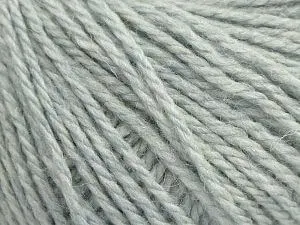
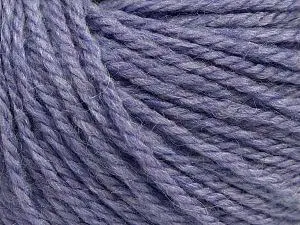
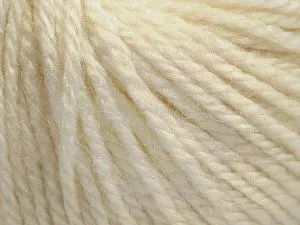

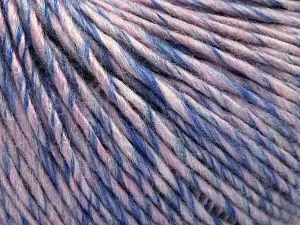
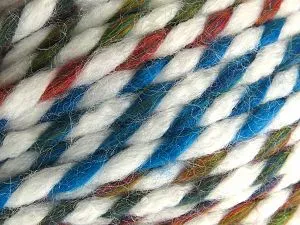


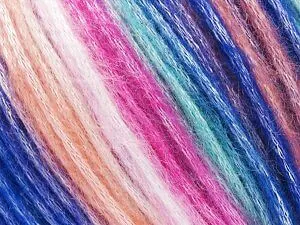
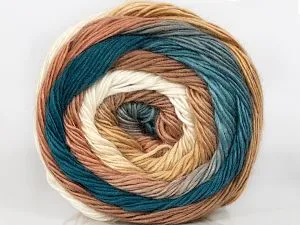


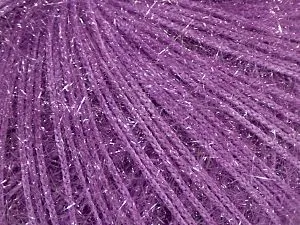
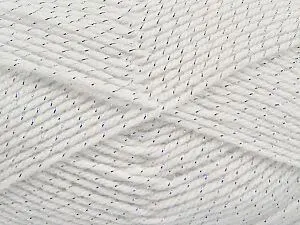
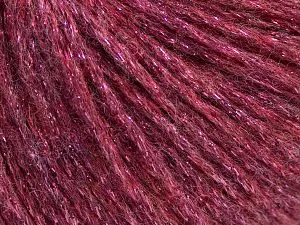
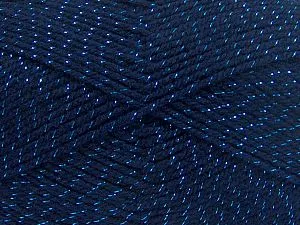
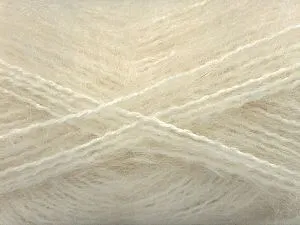
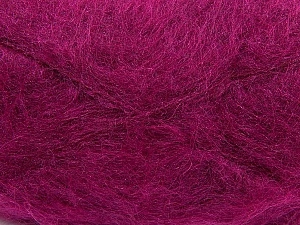
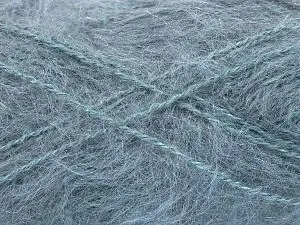
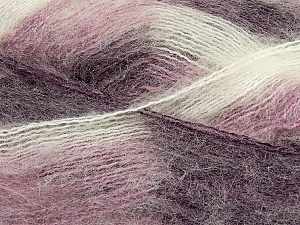
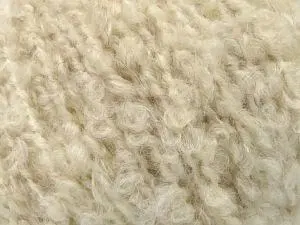
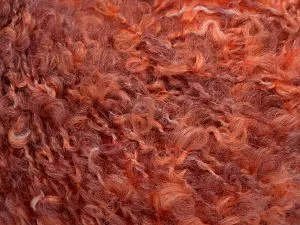
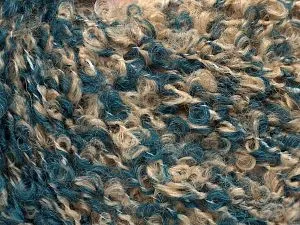

One Comment